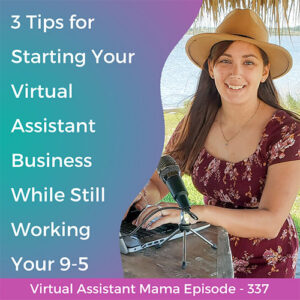
Episode 337: 3 Tips for Starting Your Virtual Assistant Business While Still Working Your 9-5
In this episode of the Virtual Assistant Mama podcast, I’m sharing 3 tips to help you start your Virtual Assistant business while still working your 9-5.
When you become a Virtual Assistant, it can be easy to get caught up in trying to please all of your clients. You might find that just a few months into your new Virtual Assistant business, you’re working 24/7 and not creating the life you were hoping to create.
That’s why, on this episode of the Ditch the Classroom podcast, I’m going to help you identify and establish 2 big boundaries in your Virtual Assistant business.
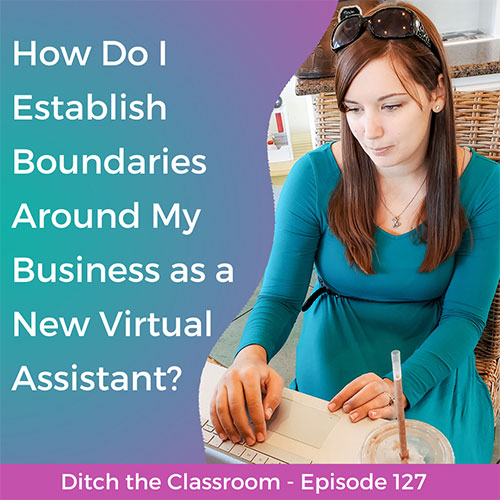
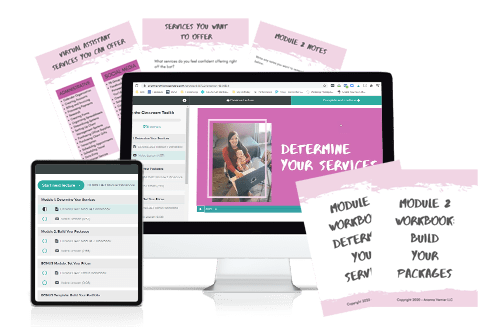
Grab your Ditch the Classroom Toolkit for only $47!
Sign up for the free Virtual Assistant Workshop, the Ditch the Classroom Toolkit, or Teacher Turned Freelancer Academy.
Have any questions for me? Feel free to send me an email at arianna@ariannavernier.com or on Instagram @arianna.vernier! I love chatting with y’all and helping you hit the ground running. Are you ready? Let’s go.
Love,
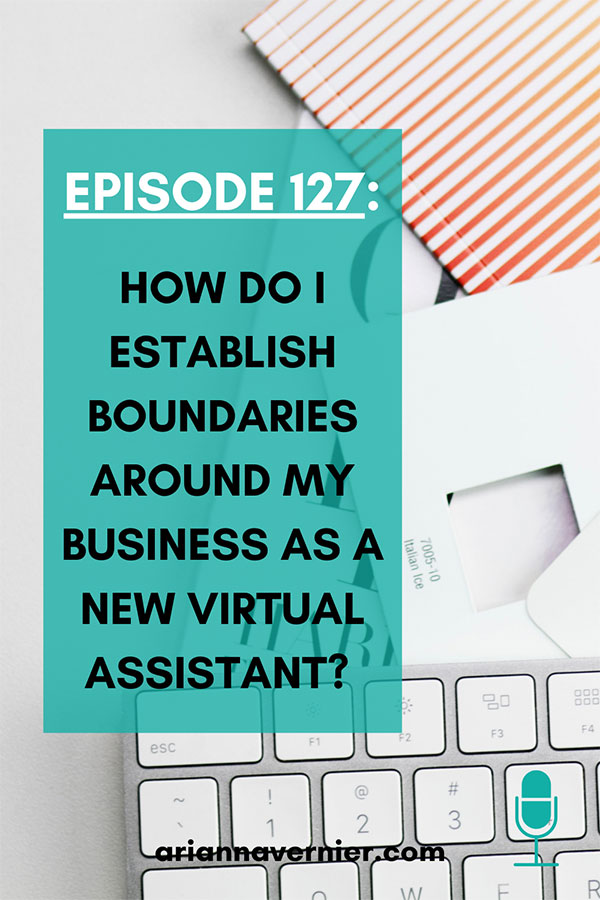
Full Episode Transcription:
(00:07):
When you become a virtual assistant, it can be easy to get caught up in trying to please all of your clients. Unfortunately, you might find that just a few months into your new virtual assistant business, you might be working 24/7 and not creating the life that you were hoping to create. If you’re here listening to this show, it’s most likely because you’re just not happy where you are anymore. And you’re wanting to create a job that works around your life instead of your life working around your job. And so I really wanna help you identify and establish two big boundaries in your virtual assistant business, right from the get-go so that you make sure that this is working around the dream life that you want. Okay? So we’re just gonna jump right in.
(02:05):
Boundary number one – so important is time. Your clients need to know that you are not available 24/7 to answer them. So you have to be really clear up front with answering the question of how quickly can they expect to get a response from you. You know, typically I recommend 24 business hours, not on the weekend. Your clients should not be expecting to hear from you on the weekends. Also, you need to answer the question of how quick of a turnaround time can they expect from you. So if they give you the details of a project they want completed today, they can’t expect to have it done by tomorrow. They need to have set expectations of how long it will take you to complete something. And if they need a rush project, you get to charge a rush fee. So you need to set those expectations up front as well. And then just let them know upfront what hours you are available to work and, or be available to meet with them. Set expectations up front for how many meetings you’re willing to have with your clients per month. You don’t want them taking advantage and make sure that they are billed for every meeting you have with them. There is no reason for you to be doing meetings for free, just for them to like pick your brain or just for them to brainstorm. No, you should definitely be charging them for that.
(03:36):
Boundary number two is communication. So again, you don’t want your clients to be able to communicate with you about work in every single place. You really want to let them know exactly where you want them to communicate with you best so that you can keep track of everything they’re requesting. Top two places I recommend are Voxer V-O-X-E-R, it’s just a free texting app, or email. Okay? These are the best two places. You also need to let them know where they are not to contact you with work related issues. Do not – I’m gonna say this again – do not give out your personal number. You don’t need to give out your personal number, use Voxer, use email. You don’t want your clients to be able to contact you all the time. And they can do that if they have your phone number. With Voxer, you can set the app to turn off. So you can’t even access it. And you don’t get notifications on the weekends or at night, whatever it’ll automatically come back on during certain times of the day where you are working and it allows you to shut your brain off from your client work so that you can really pour into the people in your life that matter the most. All right? And then again, if you offer meetings, when will they take place? How many are they allowed? And are they billed? Additionally, if they need more meetings, the answer to that should be yes. Another question to ask yourself is how can they effectively utilize the communication platform you choose and make sure they understand that. So make sure they know if you’re using Voxer, don’t leave you a 10 minute voice note, cuz you’re not gonna be able to like pick apart the whole thing. And if you’re utilizing email, make sure they send like one concise email, not 20 emails scattered all over the place. Just make sure you’re really clear upfront about what expectations you have for them.
(05:44):
All right. And I know I just kind of gave you a lot. I wanna help you understand two ways to implement these boundaries again, boundary number one is respecting your time and boundary number two is respecting how you communicate.
(05:58):
So two really great ways to implement these in your business right up front so that your clients understand what can be expected of you is to send them a clear, welcome email and a welcome packet that breaks all of this down. So they have a very laid out description of when you’re working, when you charge extra for things, the turnaround time, all of that. Okay. So that’s one. And then the second way to implement these boundaries is with a really clear contract that you have your client signed before you begin any work this way. If they overstep a boundary, you can always refer back to either the welcome email, the welcome packet, the contract, or all three, just letting them know that’s what they agreed to up front. And you’re not willing to overstep those boundaries.
(06:51):
If they do overstep a boundary, it is crucial that you do not give in. It can be tempting to just be like, oh, it’s just this one time. But if they do it once they’re gonna keep doing it again. And then it gets even harder to set that boundary down the road. So just hold firm. Okay. And if you need an example, say for example, somebody oversteps one of your boundaries. What I always say to do is just send them an email or a text in Voxer and say, per the contract or per the welcome email, I communicate via Voxer as that’s the best way to make sure I don’t miss any communication with you. So that’s just a really quick, easy way to make sure that they understand what your boundary is. And it actually helps them. It helps them understand that, “hey, this is how I make sure I’m not gonna miss anything you’re sending to me.” Make sure you send it over here. So I hope that was helpful. Again, boundary number one is protecting your time. Boundary number two is protecting how you communicate with your clients. And then you can implement these boundaries in a clear, welcome email and/or a welcome packet and your contract. Okay? So I hope that was helpful for y’all. If you have any questions about this, come and drop them in our free Facebook community, facebook.com/groups/ditchtheclassroom. And I would be more than happy to answer them. All right. Y’all, I love you so much and we will see you next episode.

In this episode of the Virtual Assistant Mama podcast, I’m sharing 3 tips to help you start your Virtual Assistant business while still working your 9-5.

In this episode of the Virtual Assistant Mama podcast, I’m sharing how to balance your business and family life as a Virtual Assistant.
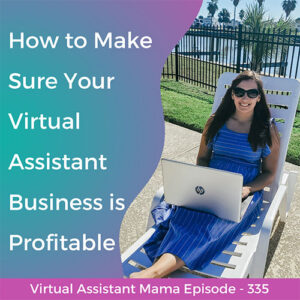
In this episode of the Virtual Assistant Mama podcast, I’m sharing how to make sure your Virtual Assistant business is profitable.